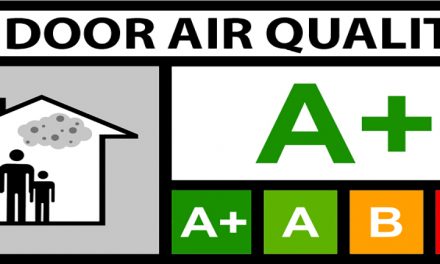So how do you know if your flue gases are ill? Do they have the chills, low temperature, a fever, or excessive temperature? I thought it might be good to probe into this flue gas problem.
Measuring the flue gas temperature with a combustion analyzer would be the standard procedure to determine if the flue gases are cold (chills), hot (fever), or normal. However, it is easy to misdiagnose these symptoms because you rarely see a list of flue temperature ranges for different types of equipment.

An additional reason for misinterpretation of flue gas temperatures is a common misconception that the lower the flue gas temperature, the higher the efficiency. That may apply if the flue temperature is in the lower acceptable range. But what is that range?
“The Rules of Heat Transfer are simple. Heat goes to cold; the greater the temperature difference, the greater the transfer rate.”

HVAC equipment uses various fuels and operates at different temperatures for air, water, and steam. Equipment has different rated efficiencies and, in some cases, multiple firing rates. When was the last time you read an installation or operation manual and the flue temperature ranges were listed?
Heat Transfer
The rules of heat transfer are simple. Heat goes to cold; the greater the temperature difference, the greater the transfer rate. When measuring the actual output performance of combustion equipment, flue gas temperatures will seek their proper range when you maximize equipment performance. Based on tens of thousands of field-testing results, we’ve recorded reliable and repeatable data for most equipment’s appropriate flue gas temperature ranges.
But knowing the main outlet flue gas temperature is most important. When doing combustion testing, we measure the main outlet temperature before adding dilution air. However, for some additional diagnostic data, measuring above drafthoods and barometrics can exhibit revealing information such as the mixed flue temperature and the possibility of condensation.
When dealing with furnaces, use the formula CFM x Delta T x ADCF to determine the delivered Btus. On an atmospheric furnace with a drafthood and proper blower speed setting, the Delta T (ΔT) should be about 75 to 85°F. When achieved in the field, the flue temperature range of these furnaces is consistently between 415 to 525°F.
However, if the flue gases have a temperature below 415°F, the furnace is under-fired (chills) and not delivering its rated capacity 100% of the time. If the flue temperature is over 525°F (fever), there are three possibilities: poor airflow, overfired, or dirty heat exchanger. Most are not aware of these temperature ranges and poor (sick) operating conditions because many only put their trust in a combustion analyzer’s efficiency calculation. Measuring in the field has verified that this efficiency does not provide accurate information and is misleading.
Click Below for the Next Page













Recent Comments